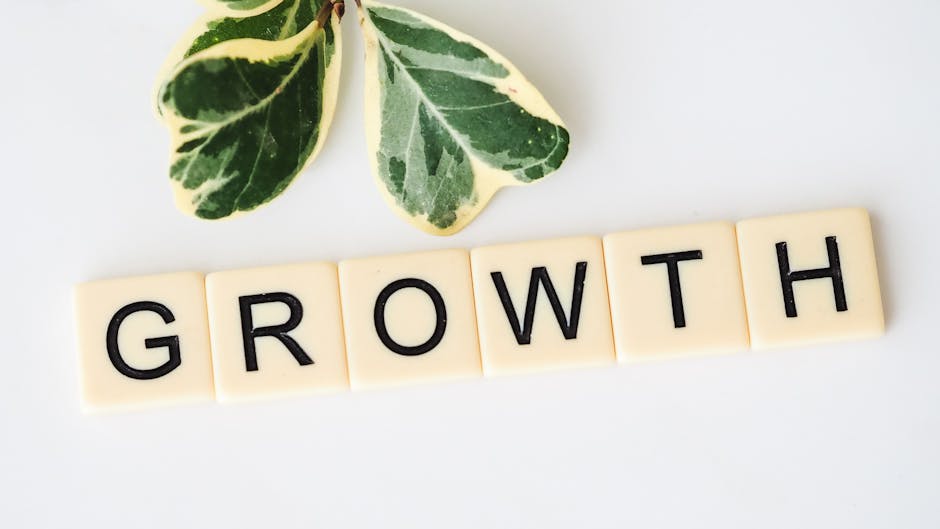Tools for ESG Sustainability: Drive Your Green Strategy
ESG (Environmental, Social, and Governance) has become a focal point for organizations and individuals committed to sustainable practices. Whether you're a business leader aligning operations with sustainability goals or an individual curious about greener choices, tools for ESG sustainability can help guide and measure progress. But let's not sugarcoat it, figuring out where to start can feel like standing in front of a blank canvas with too many paint options.

So how do you decide what works best for your green strategy? Let's break it down.
Understanding ESG Metrics: The Foundation of Green Strategies
Think of ESG metrics as the GPS for sustainability efforts. They tell you where you are, where you're heading, and whether you need to reroute. These metrics fall into three main categories:
- Environmental: Factors such as carbon emissions, energy efficiency, water usage, and waste management.
- Social: Employee well-being, diversity and inclusion, and community impact.
- Governance: Transparency, ethical decision-making, and regulatory compliance.
A great example is Patagonia, which uses ESG metrics to track its carbon footprint and ensure fair labor practices in its supply chain. By setting clear benchmarks, they’ve been able to maintain transparency with consumers and investors while improving their overall impact.
The Power of Data-Driven Tools
Data is the backbone of any effective ESG strategy. Without reliable information, how can you determine if those solar panels on your building are making a real difference? Enter data-driven tools that simplify tracking and analyzing ESG performance.
Platforms like SAS provide analytics software to measure everything from energy consumption to social impact. Their software can identify inefficiencies in energy use across multiple facilities, enabling companies to reduce costs while meeting environmental goals. Similarly, tools like Trucost, owned by S&P Global, help quantify environmental risks by attaching financial values to them. If you're trying to decide between switching to renewable energy or improving waste management processes first, these platforms can guide you with hard numbers.
Collaboration Tools: Bringing Teams Together
Sustainability isn’t a one-person job; it’s a team sport. Collaboration tools are essential for ensuring every stakeholder (whether it’s employees, suppliers, or community partners) is on the same page. Platforms like Trello or Slack might seem basic compared to specialized ESG software but don’t underestimate their role in organizing initiatives and keeping communication lines open.
A company trying to implement a zero-waste program could use Trello boards to assign tasks such as vendor negotiations or employee training sessions while monitoring deadlines. Slack channels dedicated to sustainability discussions encourage idea sharing and ensure no one feels out of the loop.
Reporting Tools: Telling Your ESG Story
If metrics are the GPS and collaboration tools are the vehicle, reporting tools are your road signs, they let stakeholders know how far you’ve come. Transparent reporting builds trust with consumers, investors, and regulators while giving you insights into areas that need improvement.
Take a look at platforms like Refinitiv, which provides ESG scores based on publicly available data from over 9,000 companies worldwide. These scores offer an easy way for businesses to benchmark themselves against competitors while identifying gaps in their strategy. Another strong contender is Workiva, which streamlines reporting processes by integrating data from various sources into standardized reports compliant with regulations like SASB (Sustainability Accounting Standards Board) or GRI (Global Reporting Initiative).
An example worth noting is Unilever’s use of GRI standards in their annual sustainability reports. By providing clear data on waste reduction and carbon emissions alongside financial performance, they’ve demonstrated that profitability and responsibility aren’t mutually exclusive.
The Role of AI in ESG Tools
You’ve probably heard buzzwords like “artificial intelligence” thrown around in discussions about technology, but when applied to ESG strategies, AI becomes more than just jargon. Tools powered by AI can predict environmental risks, analyze vast amounts of data quickly, and even suggest actionable steps based on historical trends.
A good example here is Microsoft’s AI for Earth initiative. Using machine learning models trained on satellite imagery data, they’ve helped organizations monitor deforestation patterns or optimize water usage in agriculture. Similarly, startups like Climavision use AI-driven weather forecasting tools tailored for industries ranging from logistics to renewable energy deployment.
Pitfalls to Avoid When Selecting Tools
No tool is perfect and choosing the wrong one can waste time and resources. One common mistake is opting for overly complex solutions when simpler ones would suffice. Small businesses looking to track their carbon footprint might not need enterprise-level software costing thousands of dollars annually. Instead, they could start with free calculators available from organizations like the EPA (EPA Carbon Footprint Calculator).
Another pitfall is neglecting scalability. A tool that works well for a local operation might struggle when applied across global operations. Always consider whether the tool can grow with your needs or integrate with other systems down the line.
Final Thoughts on Driving Your Green Strategy
Your green strategy doesn’t have to be perfect right out of the gate, progress often comes through iteration and refinement. The right tools act as enablers rather than magic fixes; they give you the data you need to make informed decisions but won’t replace commitment or creativity.
Whether you're measuring your company’s carbon footprint or working toward fair labor practices in your supply chain, start small but think big. Use tools that align with your specific goals rather than chasing trends and remember that every small step contributes to a larger wave of positive change.
